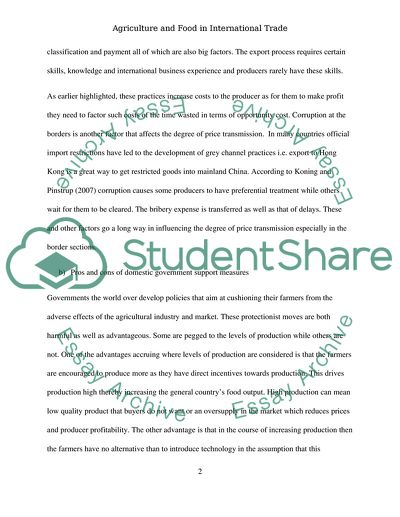Cite this document
(Agriculture and Food in International Trade Coursework, n.d.)
Agriculture and Food in International Trade Coursework. Retrieved from https://studentshare.org/marketing/1740345-agriculture-and-food-in-international-trade-trade-7005
Agriculture and Food in International Trade Coursework. Retrieved from https://studentshare.org/marketing/1740345-agriculture-and-food-in-international-trade-trade-7005
(Agriculture and Food in International Trade Coursework)
Agriculture and Food in International Trade Coursework. https://studentshare.org/marketing/1740345-agriculture-and-food-in-international-trade-trade-7005.
Agriculture and Food in International Trade Coursework. https://studentshare.org/marketing/1740345-agriculture-and-food-in-international-trade-trade-7005.
“Agriculture and Food in International Trade Coursework”, n.d. https://studentshare.org/marketing/1740345-agriculture-and-food-in-international-trade-trade-7005.


